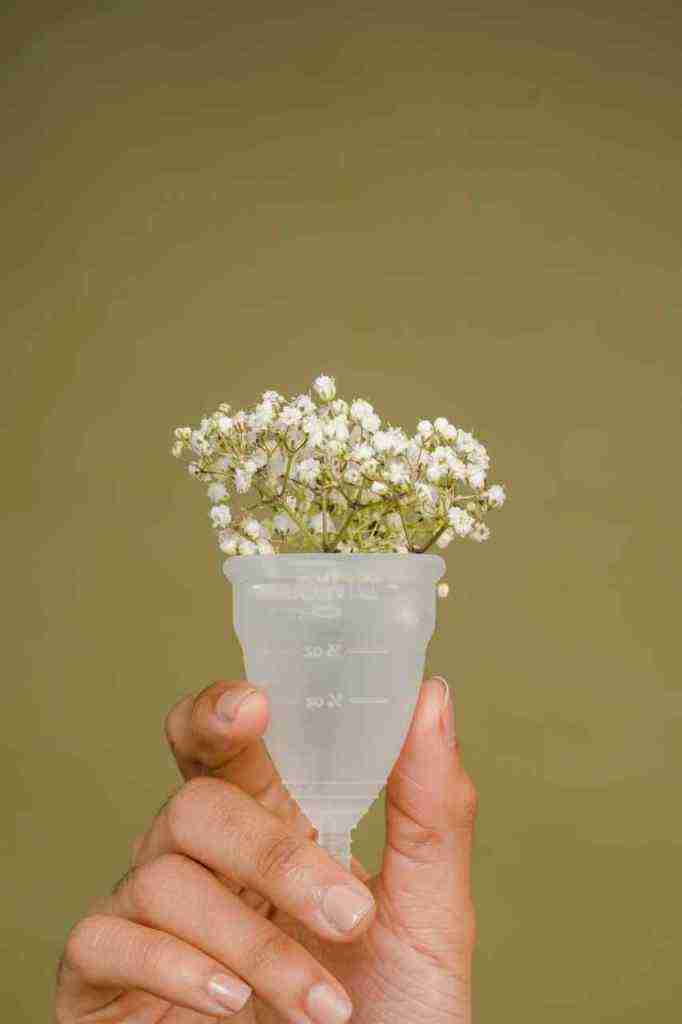Menstruation: From Misogyny to Modern Science
Let’s be real, folks—for centuries, menstruation has been treated like the weird aunt in the attic of human biology. You know, the one nobody wants to talk about, especially not in polite company? We’re talking whispered conversations, euphemisms galore (“Aunt Flo is visiting!”), and a whole lot of misinformation and shame swirling around a perfectly natural bodily function.
A Bloody History: Myths, Misogyny, and Menstruation
Seriously, where do we even begin with the wild tales spun about menstruation? Pliny the Elder, that gossipy Roman historian, swore up and down that a menstruating woman could wilt crops, dull blades, and even sour wine just by being near them. Talk about bad PR! And it doesn’t stop there. Medieval medical texts, with all their wisdom (insert eye roll here), warned that menstrual blood was downright dangerous, capable of causing illness and even death. Seriously, these guys thought menstrual blood was basically magic, but not the good kind.
Fast forward to the th century, and you’d think we’d have figured things out, right? Nope! We were still stuck on the idea that menstruation was some kind of toxic event. Some “experts” even theorized that women needed to be protected from their own bodies during their periods, as if we were ticking time bombs of feminine mystique.
Looking back, it’s pretty clear that these beliefs weren’t just misinformed—they were deeply rooted in misogyny, a fear and misunderstanding of women and their bodies. Menstruation, a powerful symbol of female fertility, was demonized and twisted into something to be feared and controlled. But here’s the truth, folks: menstruation isn’t some bizarre anomaly or a curse bestowed upon womankind. It’s different, sure, but definitely not unnatural.
Menstruation: A Rare Jewel in the Animal Kingdom
Believe it or not, the way humans experience menstruation is actually pretty unique in the animal world. We’re talking a select club with only a handful of other mammals, like some bats and primates. Most animals have estrous cycles, which are kinda similar but involve reabsorbing the uterine lining instead of shedding it. So, yeah, we humans are doing our own thing, but that’s nothing new, right?
Here’s the kicker: this whole “we’re special” thing hasn’t exactly translated into a ton of scientific interest in menstruation. For years, research on women’s health, particularly menstruation, lagged woefully behind. It’s like science took one look at the complexities of the menstrual cycle, threw its hands up, and said, “Nope, too complicated!”
And wouldn’t you know it, this lack of research has had some real-world consequences. It’s made it super difficult to understand and treat menstrual disorders, leaving many people struggling with painful periods, heavy bleeding, and other issues without adequate solutions. Not cool, science, not cool.
A New Dawn: Menstrual Research Steps into the Spotlight
But hold up, there’s hope on the horizon! Finally, the tides are turning, and menstrual research is having its moment in the sun. Scientists are finally ditching the outdated textbooks and embracing new tools and technologies to unlock the mysteries of the menstrual cycle. It’s about dang time!
So, what’s got the scientific world buzzing? Let’s break it down:
